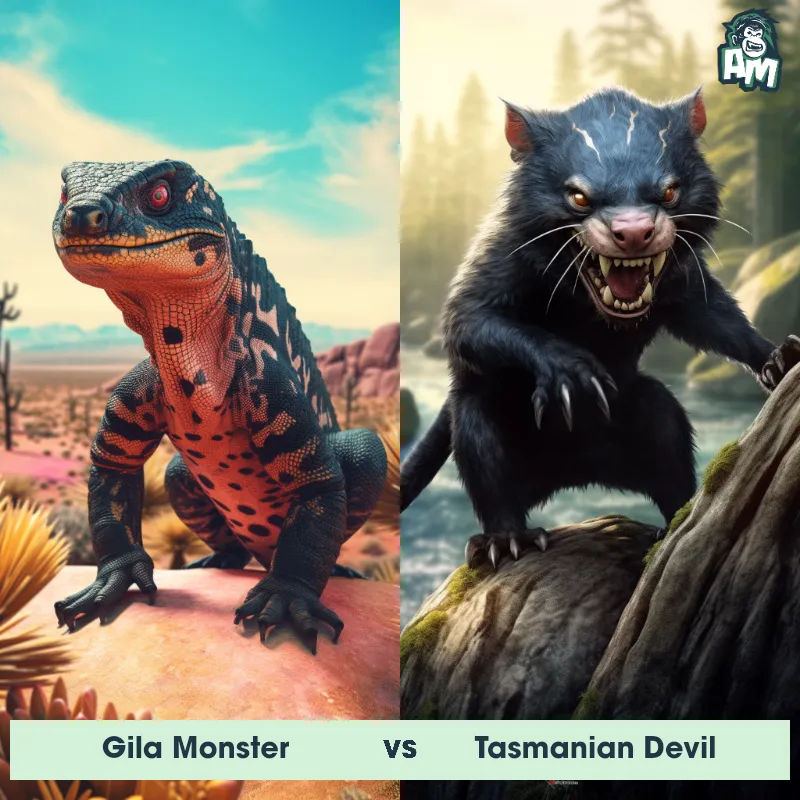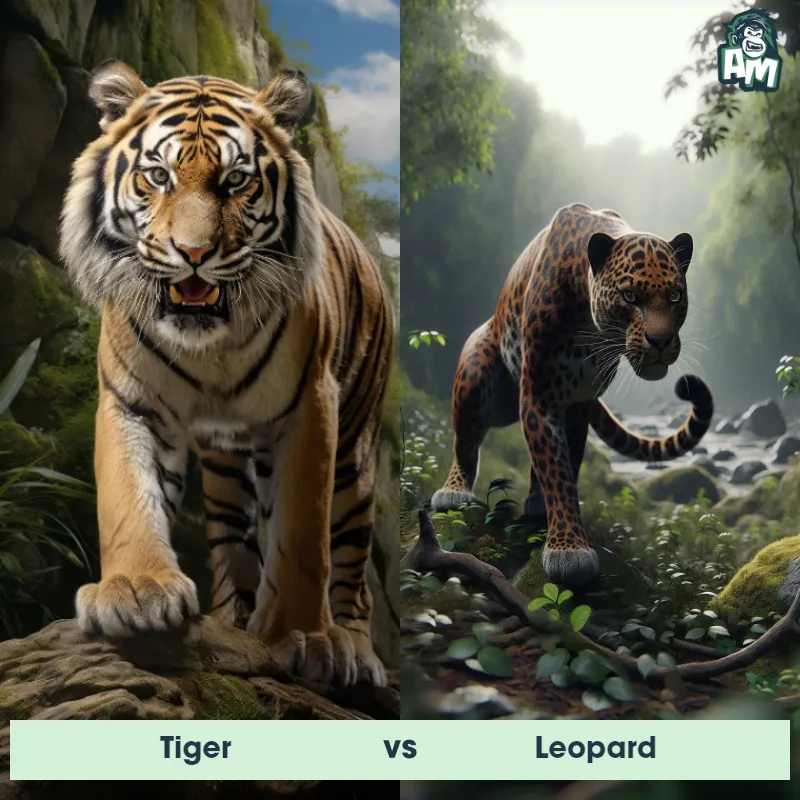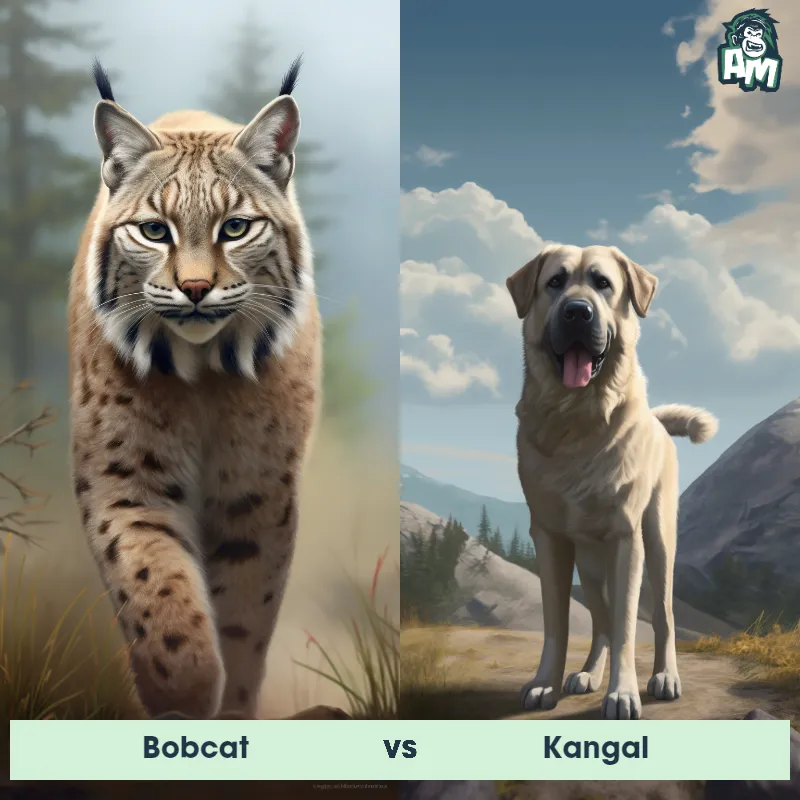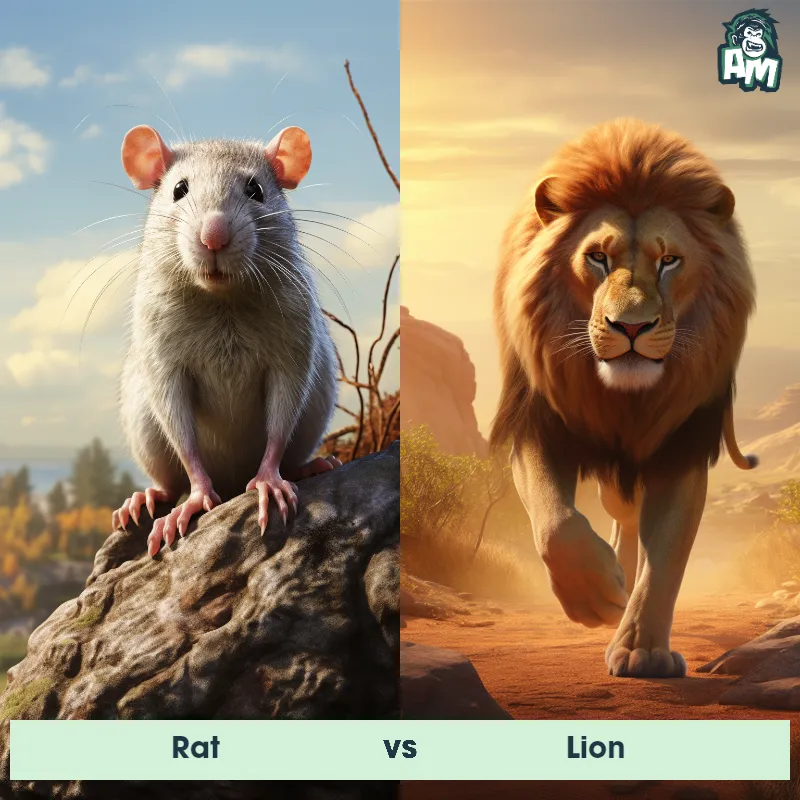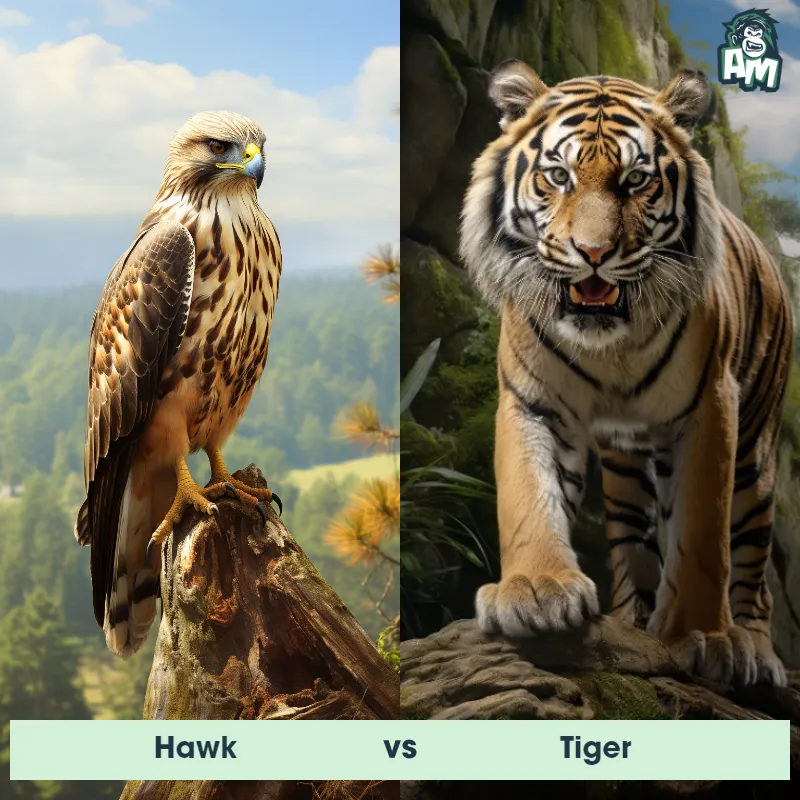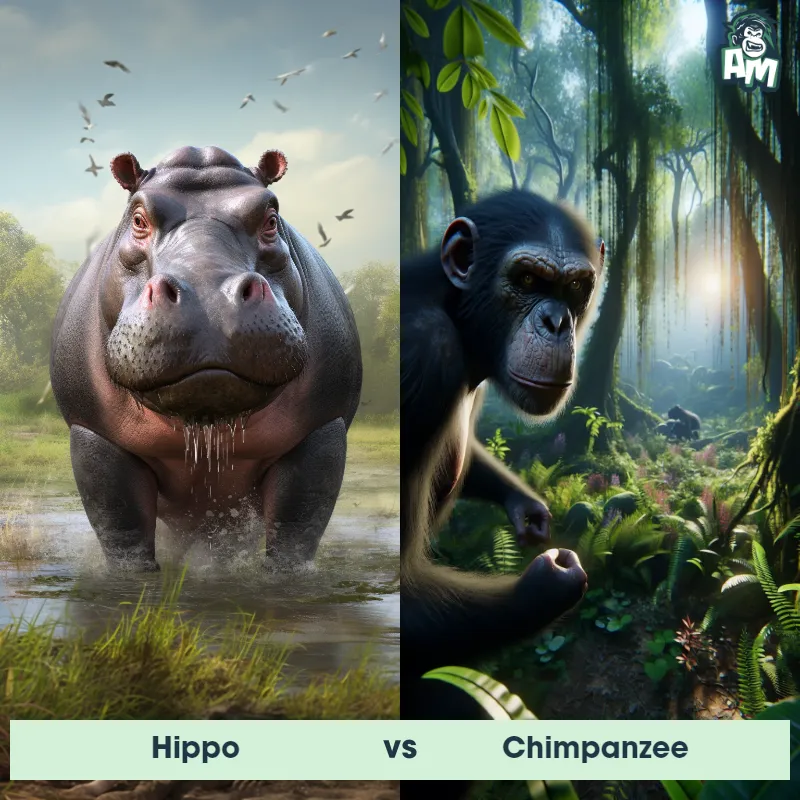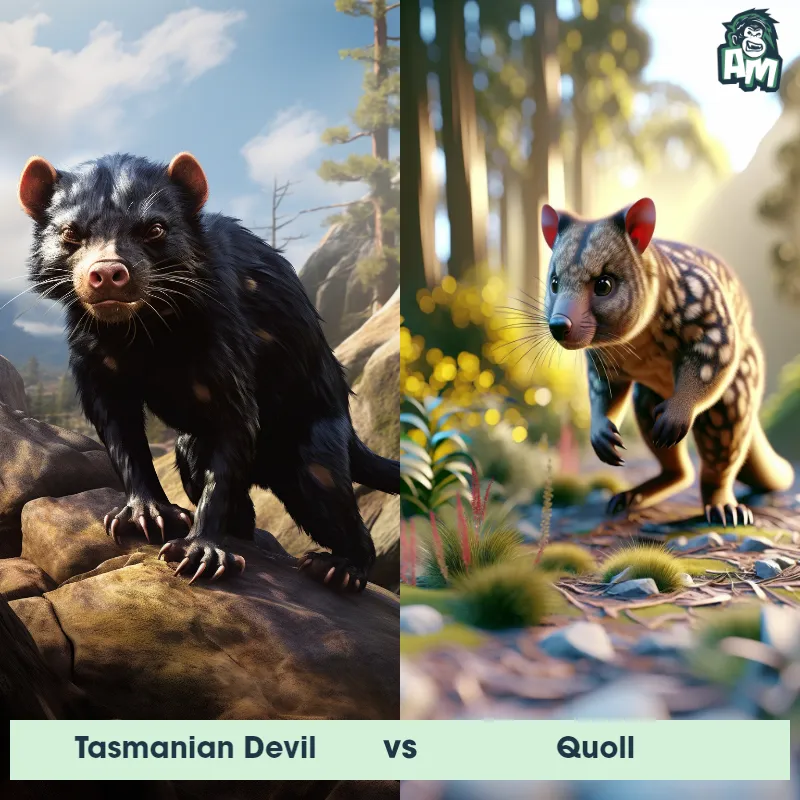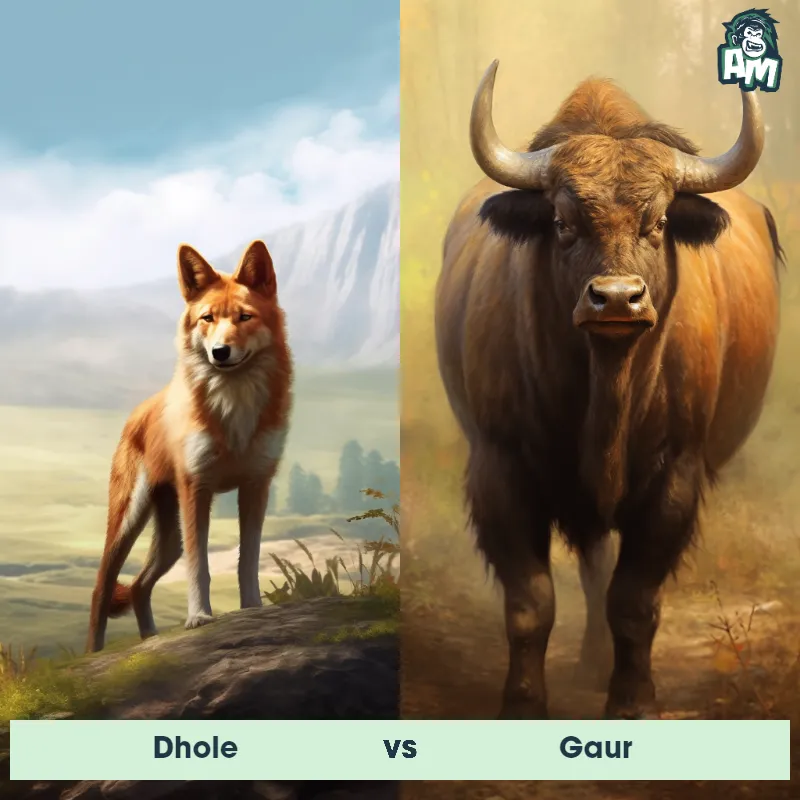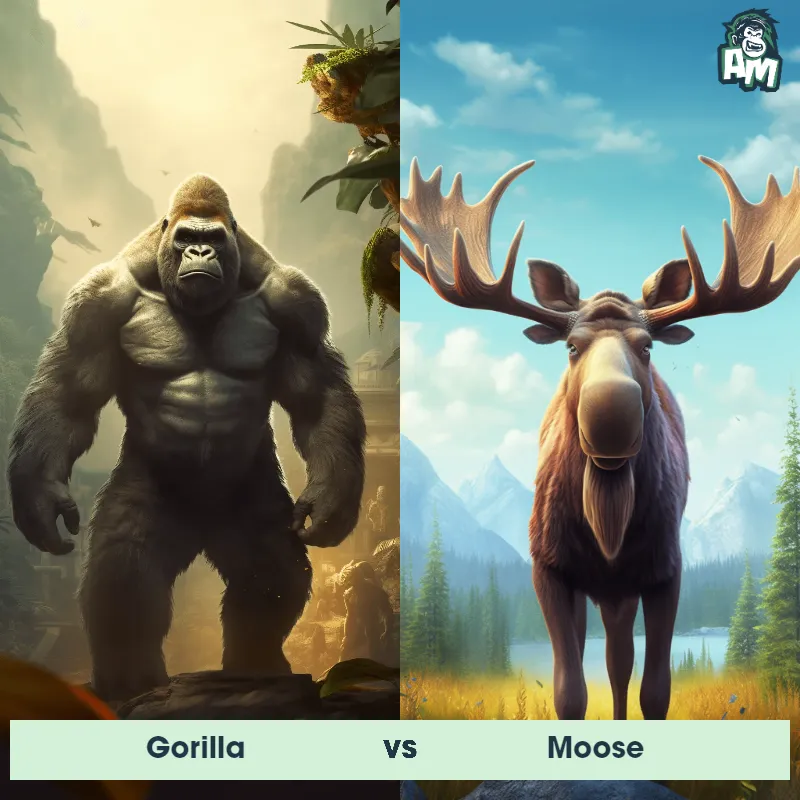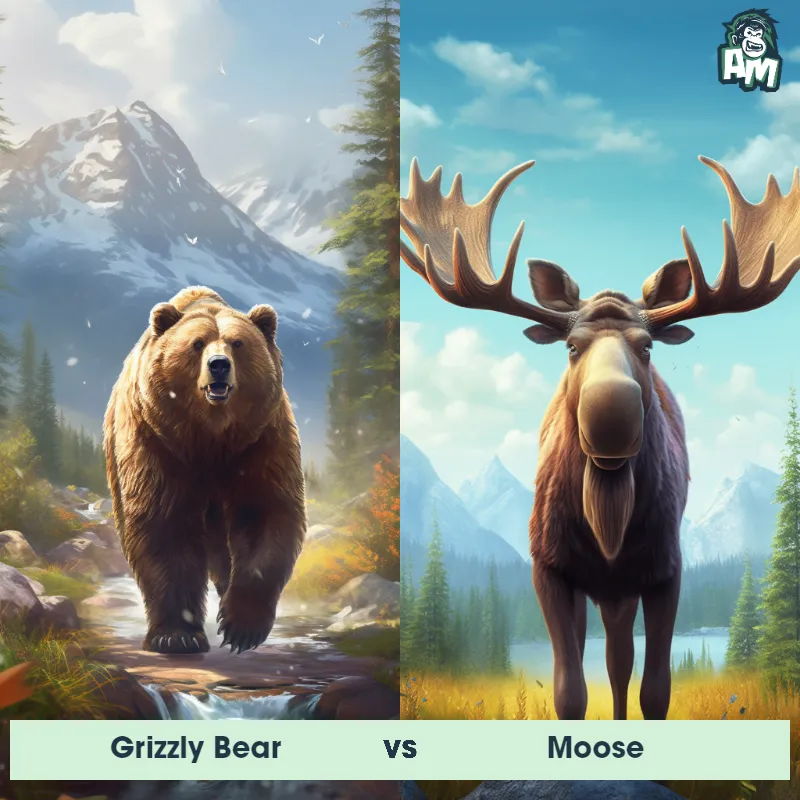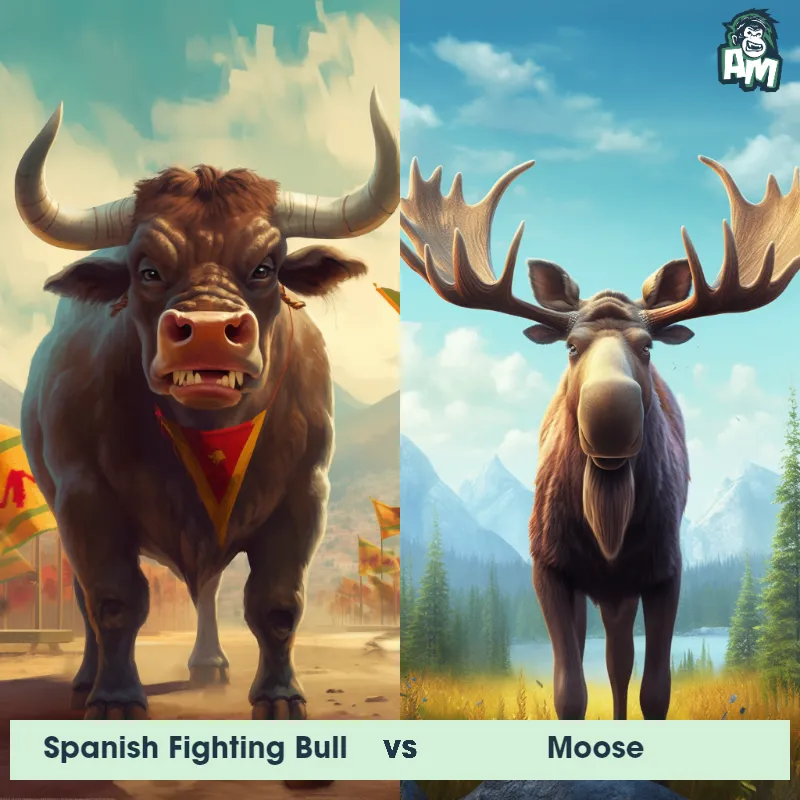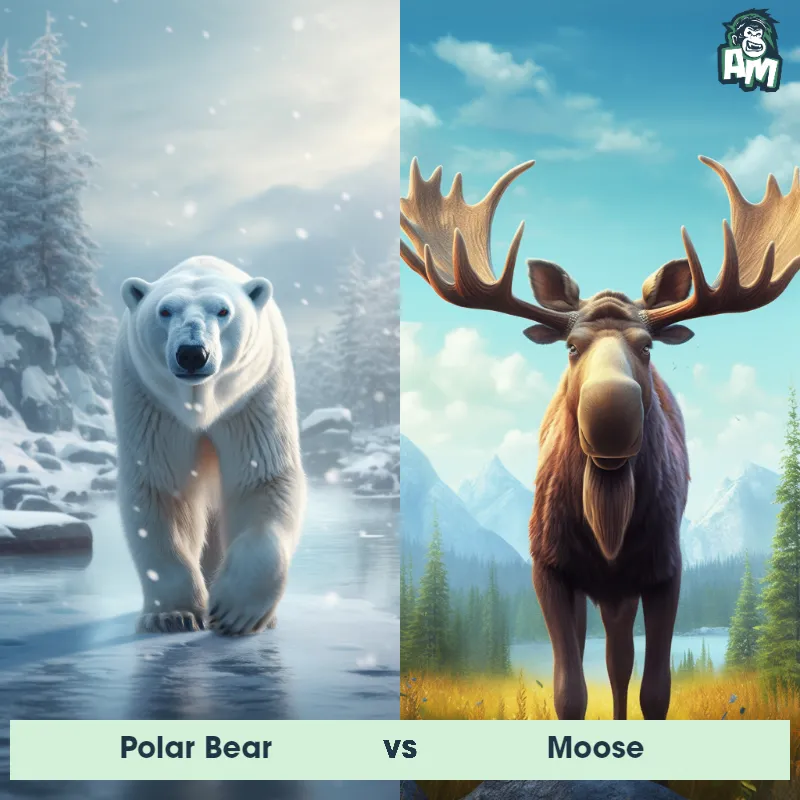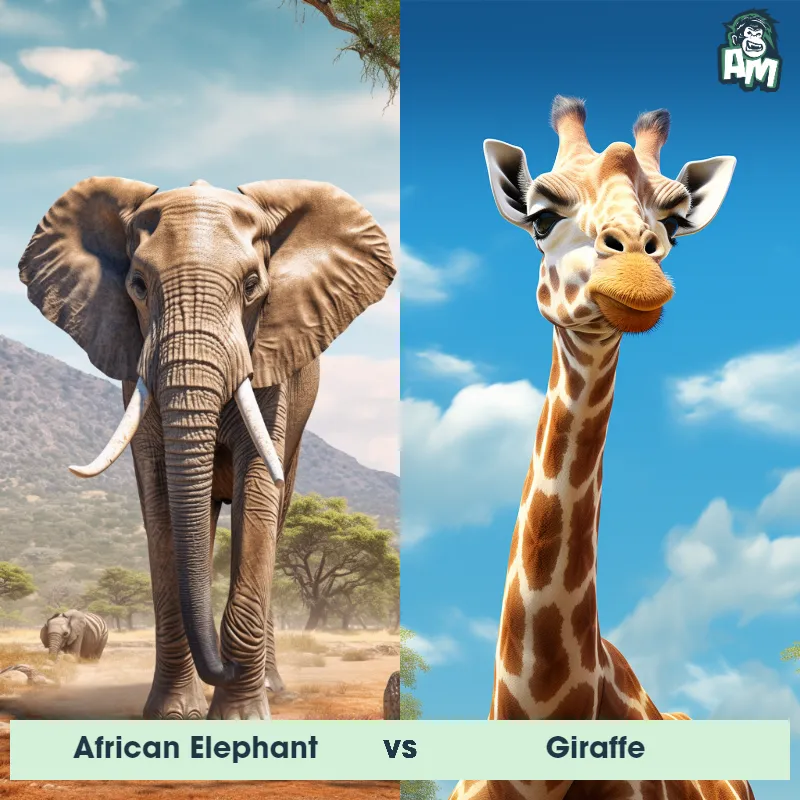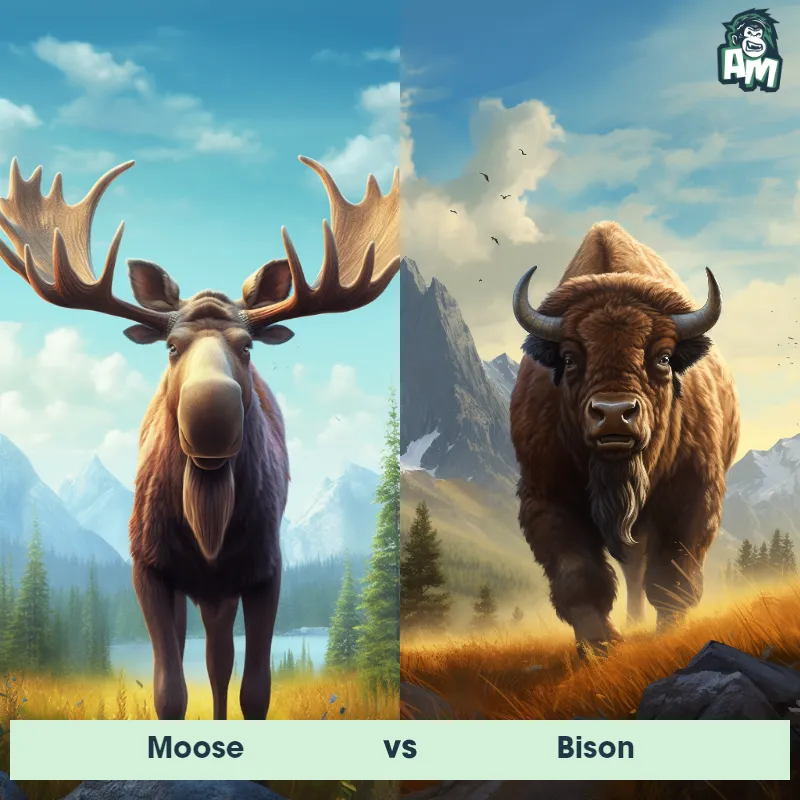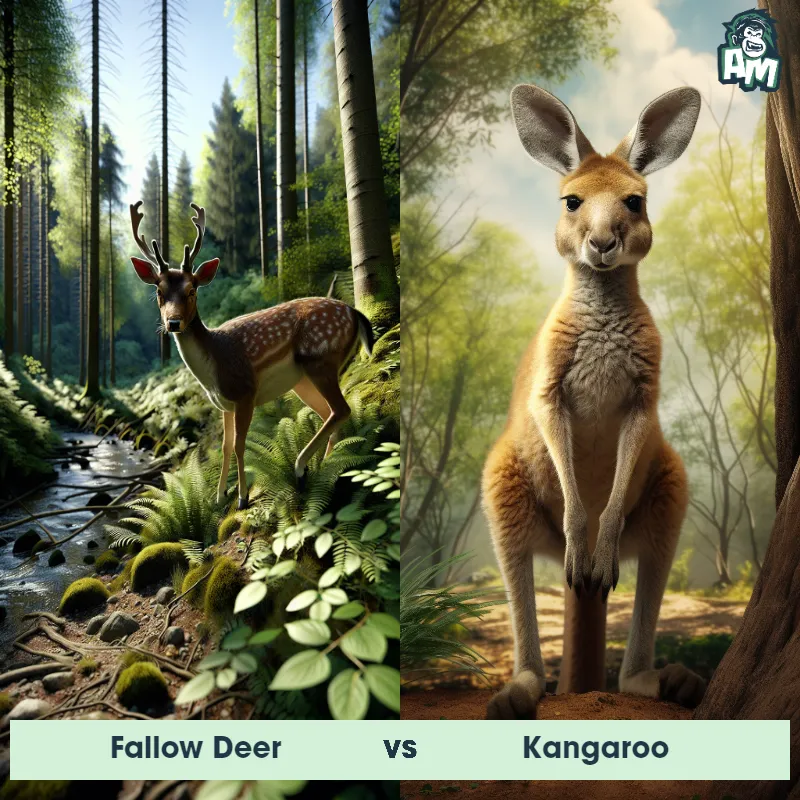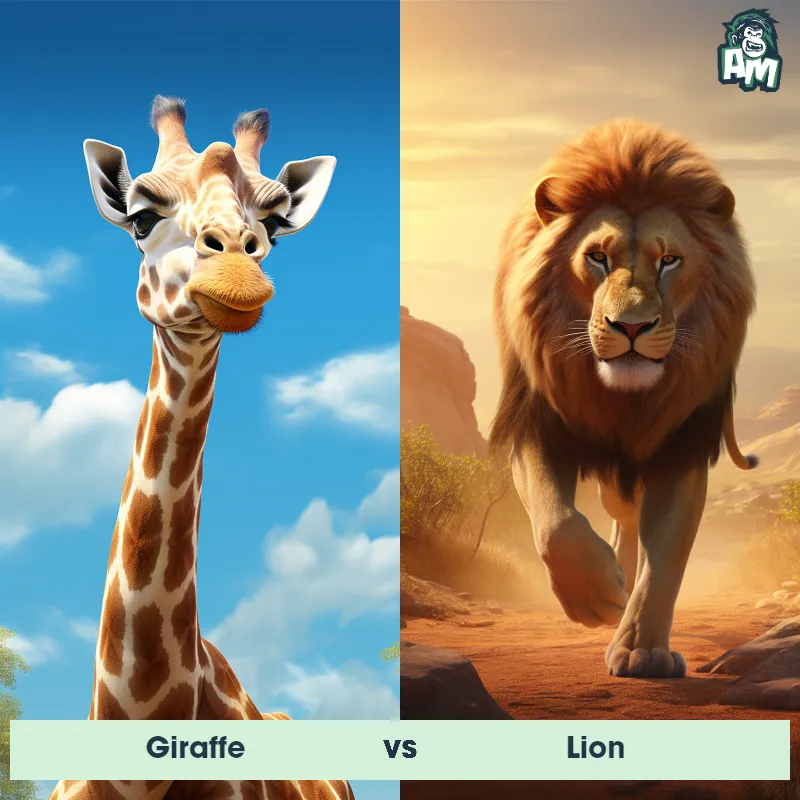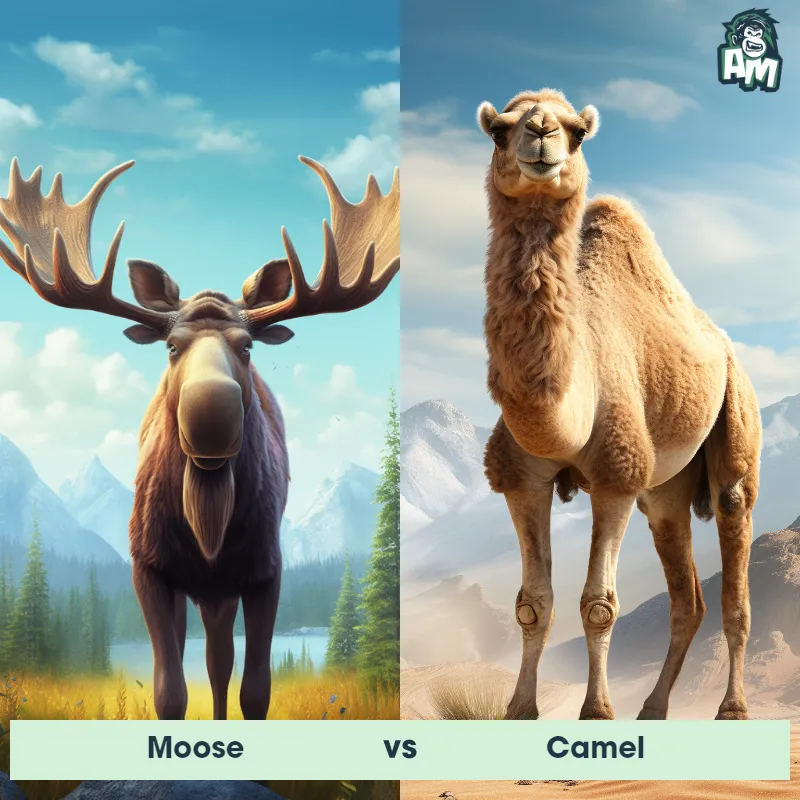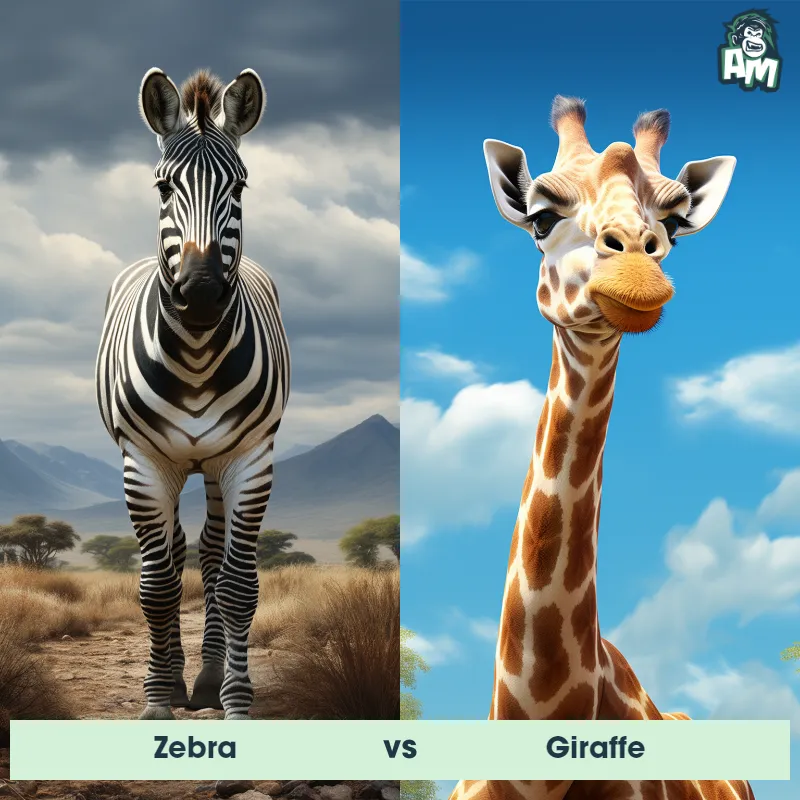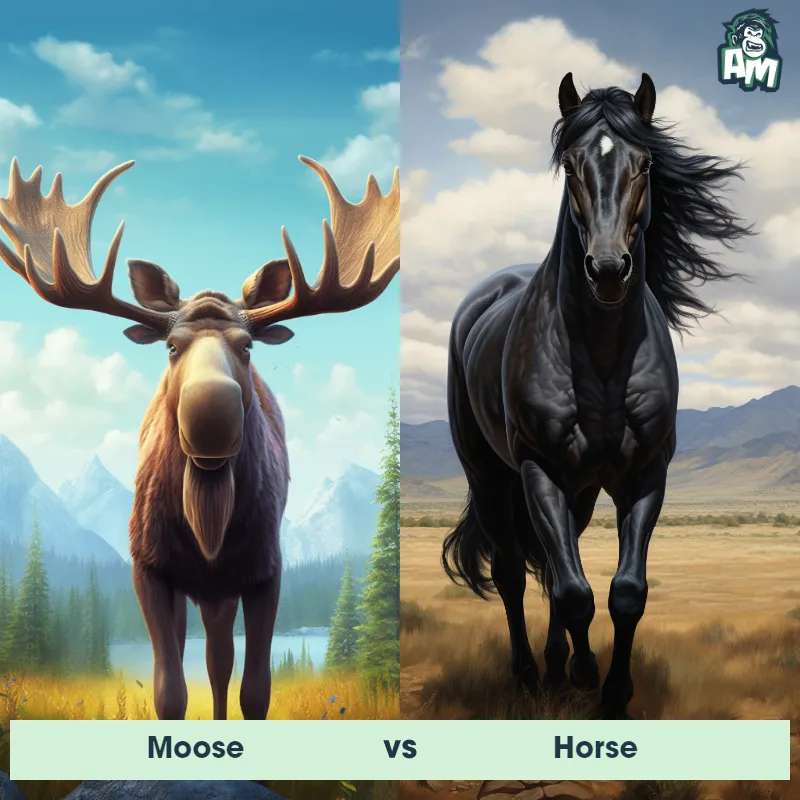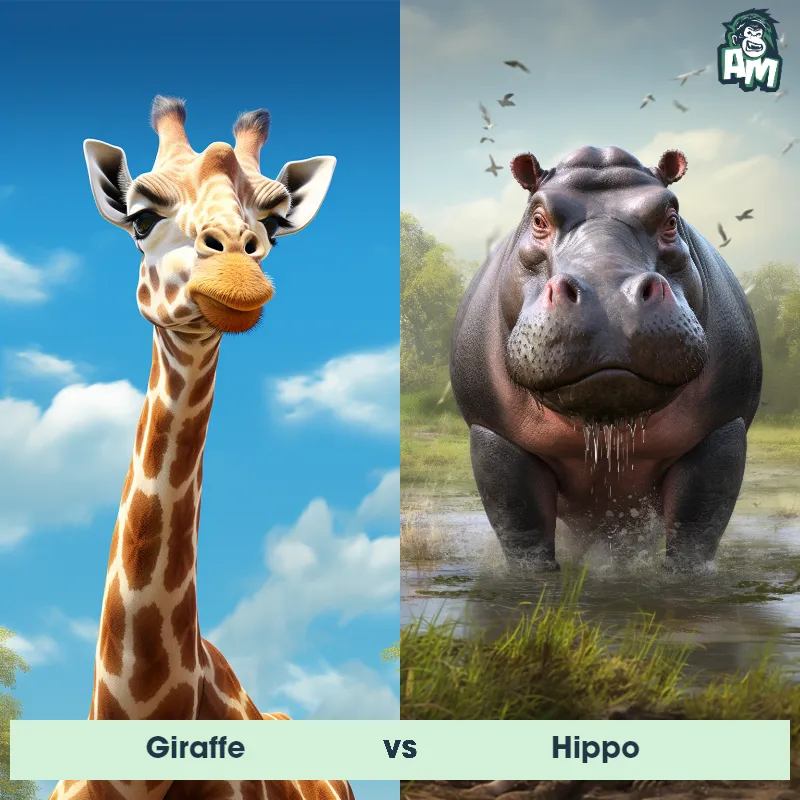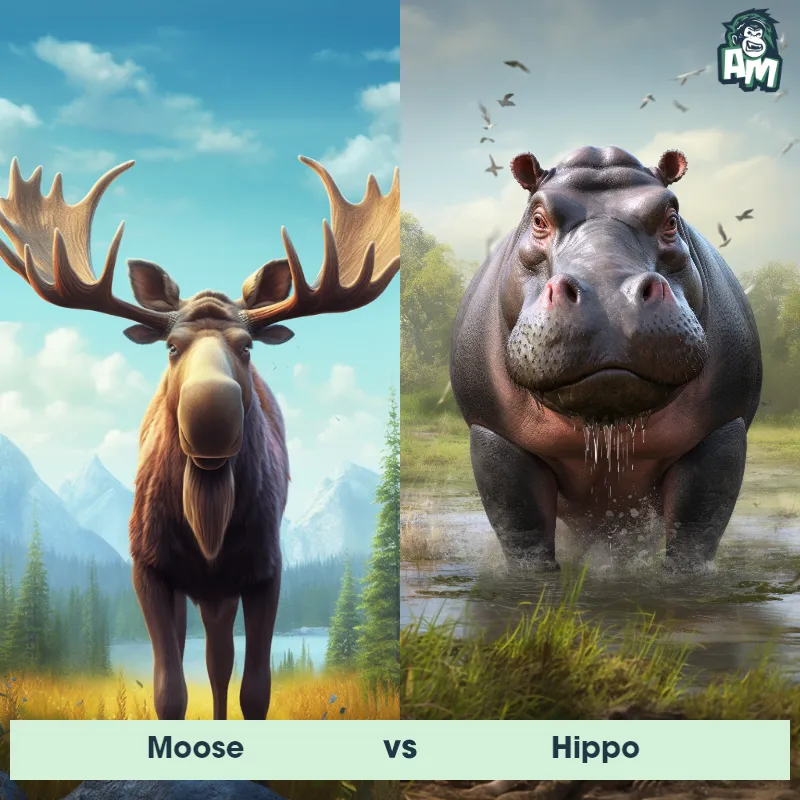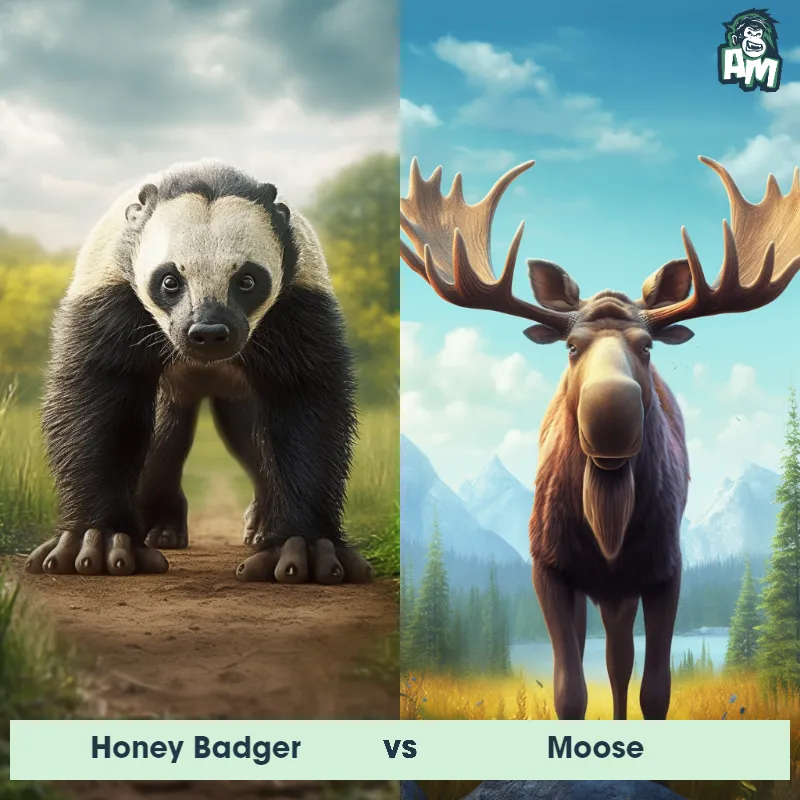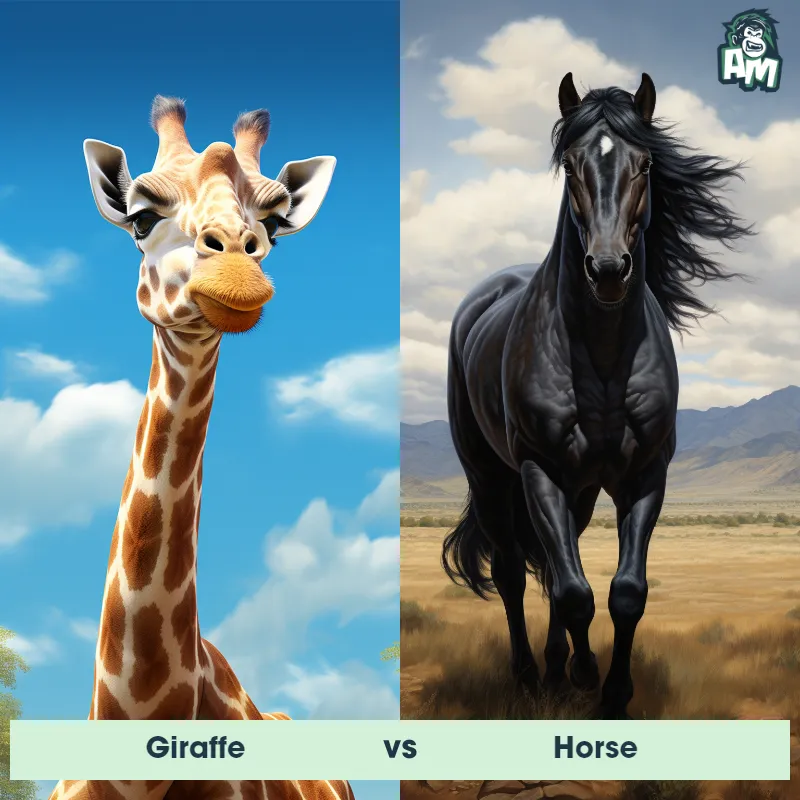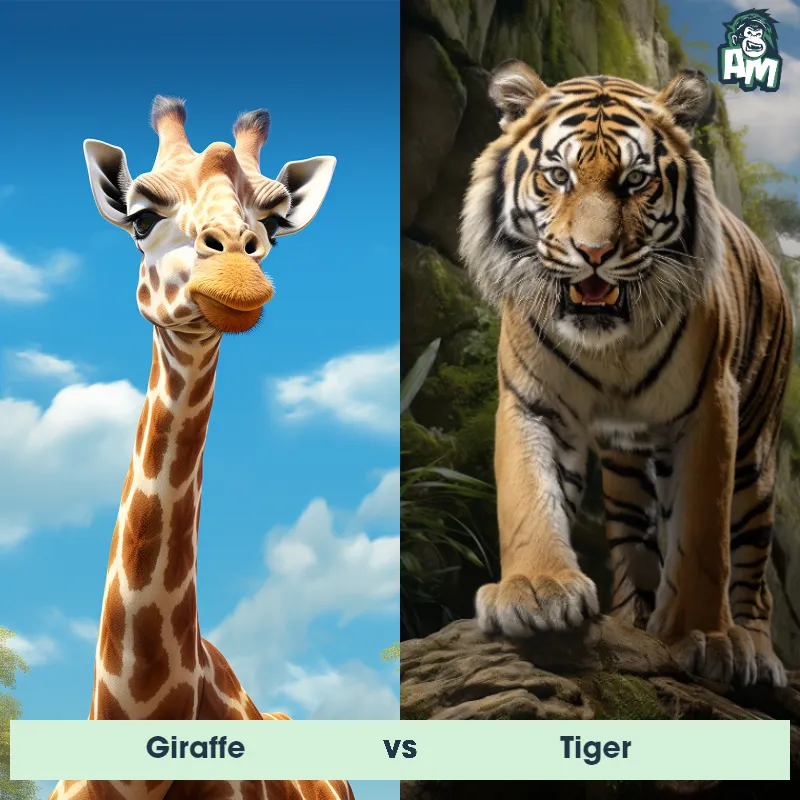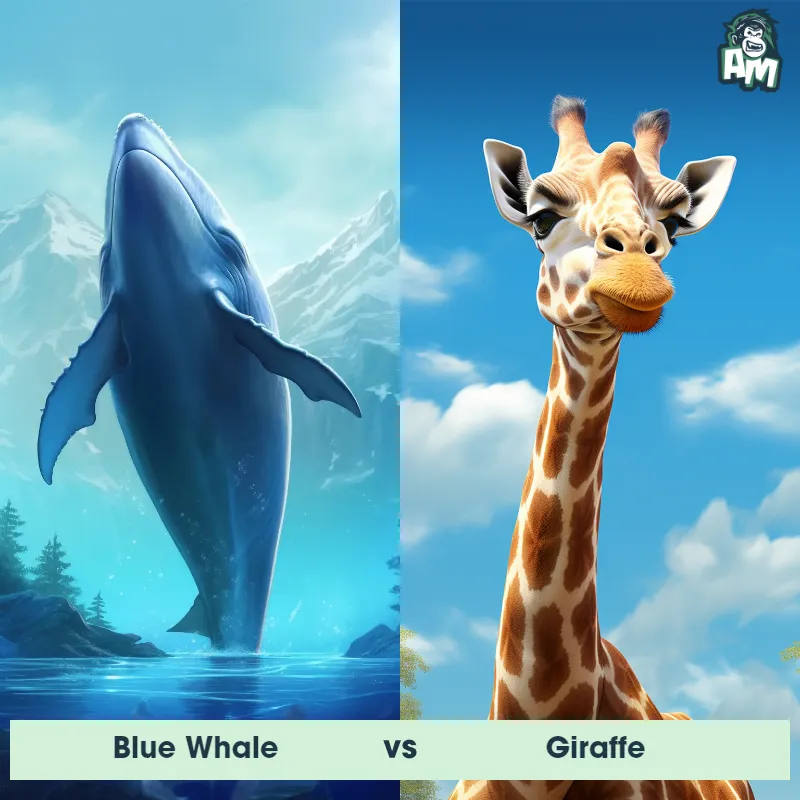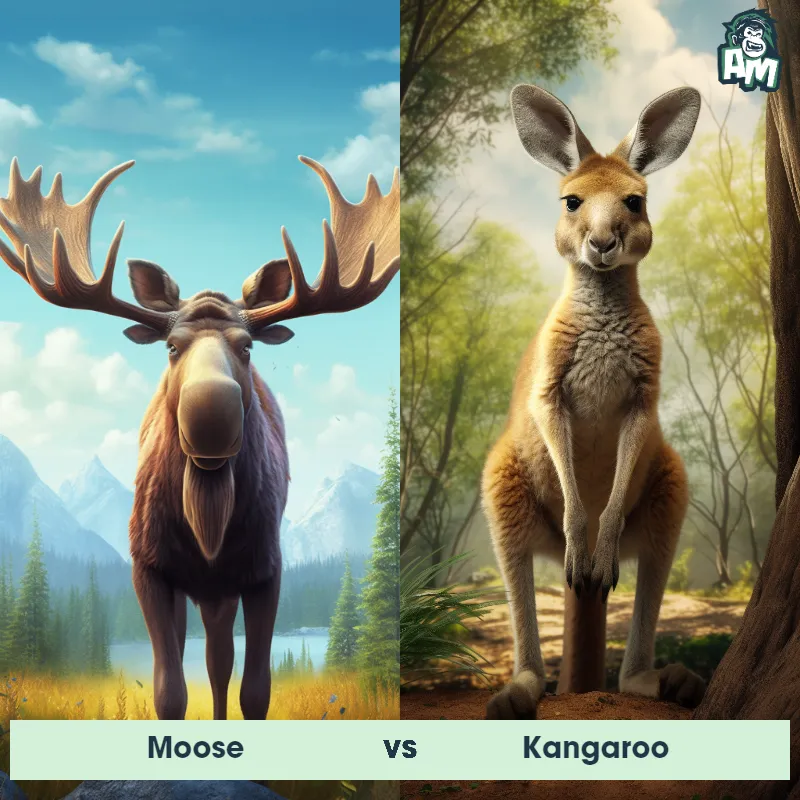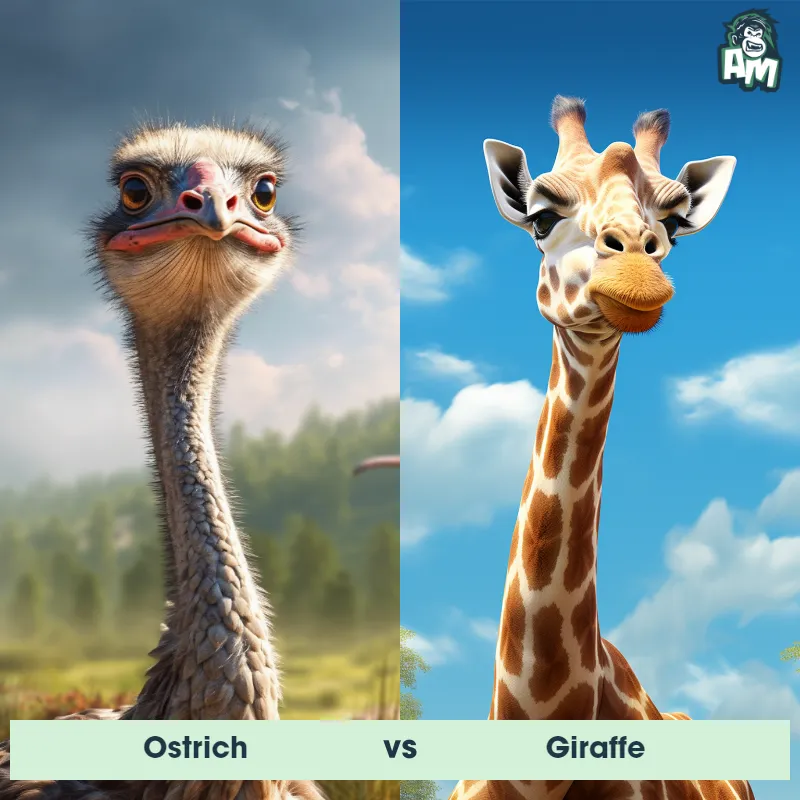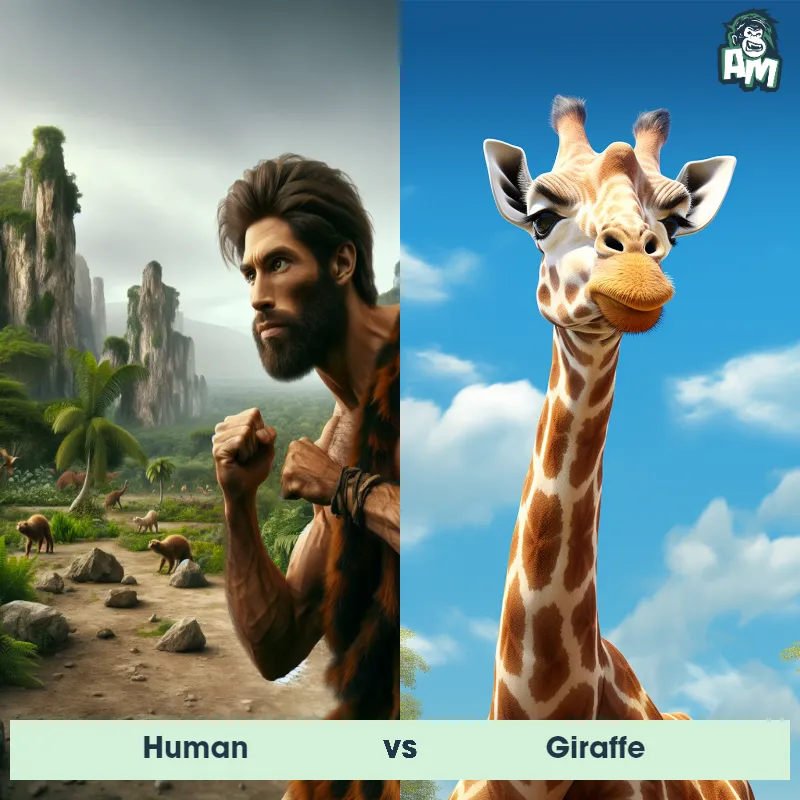Moose vs GiraffeSee Who Wins

Ladies and gentlemen, welcome to this thrilling matchup between two fascinating animals! In one corner, we have the mighty Moose, known for its massive antlers and brute strength. And in the other corner, we have the majestic Giraffe, famous for its towering height and impressive neck. It's an unlikely battle, but that's what makes it all the more intriguing. Now, let's jump right into the action and see who will emerge victorious!
Contender 1: Moose
The Moose, also known as the Alces alces, is the largest member of the deer family. They are known for their massive size, with males weighing up to 1500 pounds and standing over 6 feet tall at the shoulder. Moose have long, slender legs and a humped back, with a distinctive flap of skin called a bell hanging from their throat. They are typically brown in color, with a darker mane and legs, and their antlers can span up to 6 feet across.
Fun Fact: Moose are excellent swimmers and can swim up to 6 miles per hour, using their powerful legs and large hooves to paddle through the water.
Contender 2: Giraffe
The giraffe is a majestic, long-necked mammal known for its exceptional height, which makes it the tallest land animal in the world. Adult giraffes can reach heights of up to 18 feet. Their unique appearance is characterized by a patterned coat with patches varying in color from orange and brown to lighter hues. Giraffes have long legs, a sloping back, and a small hump on their shoulders. They are native to Africa, primarily found in savannahs and woodlands, where they graze on leaves, fruits, and flowers.
Fun Fact: Despite their long necks, giraffes have the same number of neck vertebrae as humans, which is seven. Each vertebra can be up to 10 inches long.
Matchup Stats
| Moose | Giraffe | |
|---|---|---|
| Size | Up to 6 feet (1.8 meters) at the shoulder | Up to 18 feet tall (5.5 meters) |
| Weight | Up to 1500 pounds (680 kilograms) | Up to 2,800 pounds (1,270 kilograms) |
| Speed | Speed: 35 mph (56.3 km/hr) | 35mph (56km/h) |
| Key Strength | Powerful antlers used for fighting and display | Powerful kicks with their long legs |
| Biggest Weakness | Poor eyesight and slow movement | Vulnerable when bending down to drink water |
Current Votes
Moose vs Giraffe
See Who Wins
View More Matches
Looking For More?
Similar Matches
Scientific Stats
| Moose | Giraffe | |
|---|---|---|
| Scientific Name | Alces alces | Giraffa camelopardalis |
| Family | Cervidae | Giraffidae |
| Habitat | Forests, wetlands, and tundra | Savannahs, grasslands, and open woodlands |
| Geography | North America, Europe, and Asia | Africa |
| Diet | Herbivorous, primarily consuming leaves, bark, and twigs | Herbivorous, primarily leaves, fruits, and flowers |
| Lifespan | 15 years - 20 years | 20 years - 25 years |
Key Differences between Moose and Giraffe
- Coloration: The Giraffe flaunts a distinct coat pattern characterized by large brown patches separated by lighter areas, whereas the Moose displays a dark brown coat with lighter shades on its belly and legs.
- Size: The Giraffe stands as the tallest land animal, with an average height ranging from 14 to 18 feet, while the Moose is considerably shorter, typically measuring around 5 to 7 feet at the shoulder.
- Body Shape: The Giraffe possesses a long neck that allows it to reach foliage in tall trees, while the Moose has a shorter neck with a bulky body that is well-suited for its life in forests and wetlands.
- Antlers vs Horns: The Moose, only seen in males, bears large antlers that can span up to 6 feet in width, whereas the Giraffe lacks antlers but both males and females sport ossicones (horn-like structures covered in skin and hair).
- Habitat preference: Giraffes are native to open grasslands and savannas in Africa, while the Moose thrives in boreal and subarctic regions with dense forests and marshy areas in North America, Europe, and Asia.
- Facial features: The Giraffe showcases a long and slender face with large eyes and a pair of prominent, dark-colored lashes, while the Moose exhibits a broader and more rounded face with a muzzle covered in fur.





